Finisterre: A Journey to the End of the World
Finisterre or Fisterra, located in the region of the same name, is a small Spanish town situated in the province of A Coruña. It has about 4,700 inhabitants and today is one of the most important destinations on the Camino de Santiago for pilgrims who decide to continue their pilgrimage beyond Santiago de Compostela to reach the coast.
It is the second most visited town in Galicia after Compostela. It stands in the corner of Europe and was once identified by the Romans as the end of the earth (Finis Terrae). The sunset in Finisterre is on the bucket list of many, right next to its legendary lighthouse.
We are every more excited to share with you the amazing tour we are offering as a GIFT to all of our Pilgrims who sign up to one of our 2021 Caminos.
What will you see on our Finisterre Day Trip?
We set out from Santiago towards Finisterre, which is where the known world was believed to have ended in ancient times. Finisterre has always been closely linked to the history of the Camino, and for millions of people – even since pre-Christian times – it has marked the end of their pilgrimage.
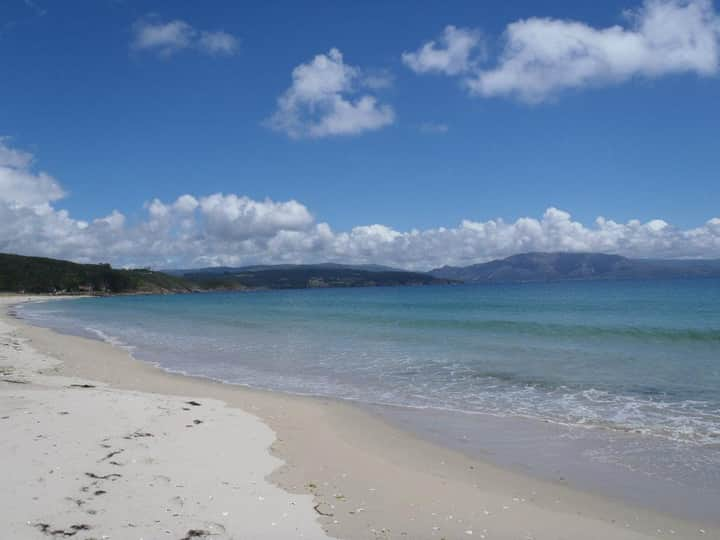
Our first stop is the top of the Paxareiras viewpoint. The name refers to the migratory birds (pájaros) such as grey herons and teals that fly to Europe from Africa and make their nests in this area. From here, we can see Carnota beach, Cadebarcos lake and on the horizon, the cape of Finisterre. It’s one of the best panoramic views in the whole of the Costa da Morte.
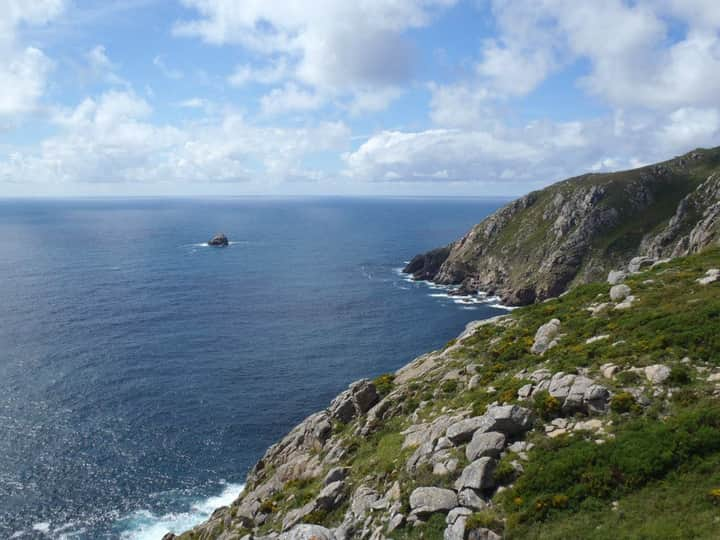
The Costa da Morte gets its name from the ships that have been wrecked on its cliffs over the centuries, and also from the idea that it was where the sun died each night; before the discovery of the Americas, it was thought that there was absolutely nothing beyond the coast’s western-most tip. The coast is rugged, beaten by fierce storms and heavy snowfall in winter. This gave the place a mysterious, magical aura, but also caused countless naval disasters, which obliged the old lighthouses to convert to electric power.
Next, we head back down to sea level to follow the coastline from Muros to Cee. In this area, we can see a large number of old stone granaries called hórreos. They were designed during the era of Spanish conquest in the Americas to store corn, a newly imported crop, and become popular during the 18th century. On the way to Cee, we’ll see some of the best-preserved hórreos including the “eira de Panchés”, which has more than twenty.
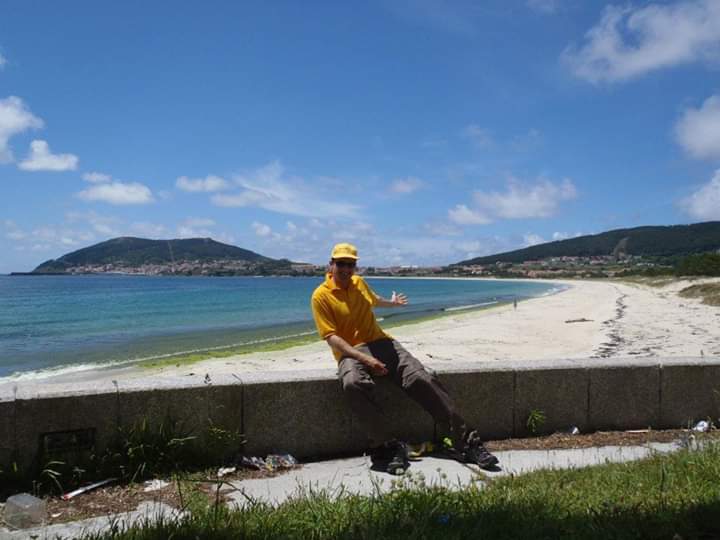
We make a stop in the town of Ézaro, next to Monte Pindo, to see the waterfall created by River Xallas. This is the only river in Europe which cascades directly into the sea. The waterfall is one of the most beautiful spots in the peninsula. As seen from Finisterre, Monte Pindo is where the sun seems to rise from each morning. This is interesting, because the Cape of Finisterre has long been an ancient “temple”, dedicated to the sun. From Finisterre, ancient pilgrims could see the sun rising from behind the sharp rocks of Mmonte Pindo, and setting into the water of the Atlantic Ocean.
Finisterre Light House – Cape of Finisterre
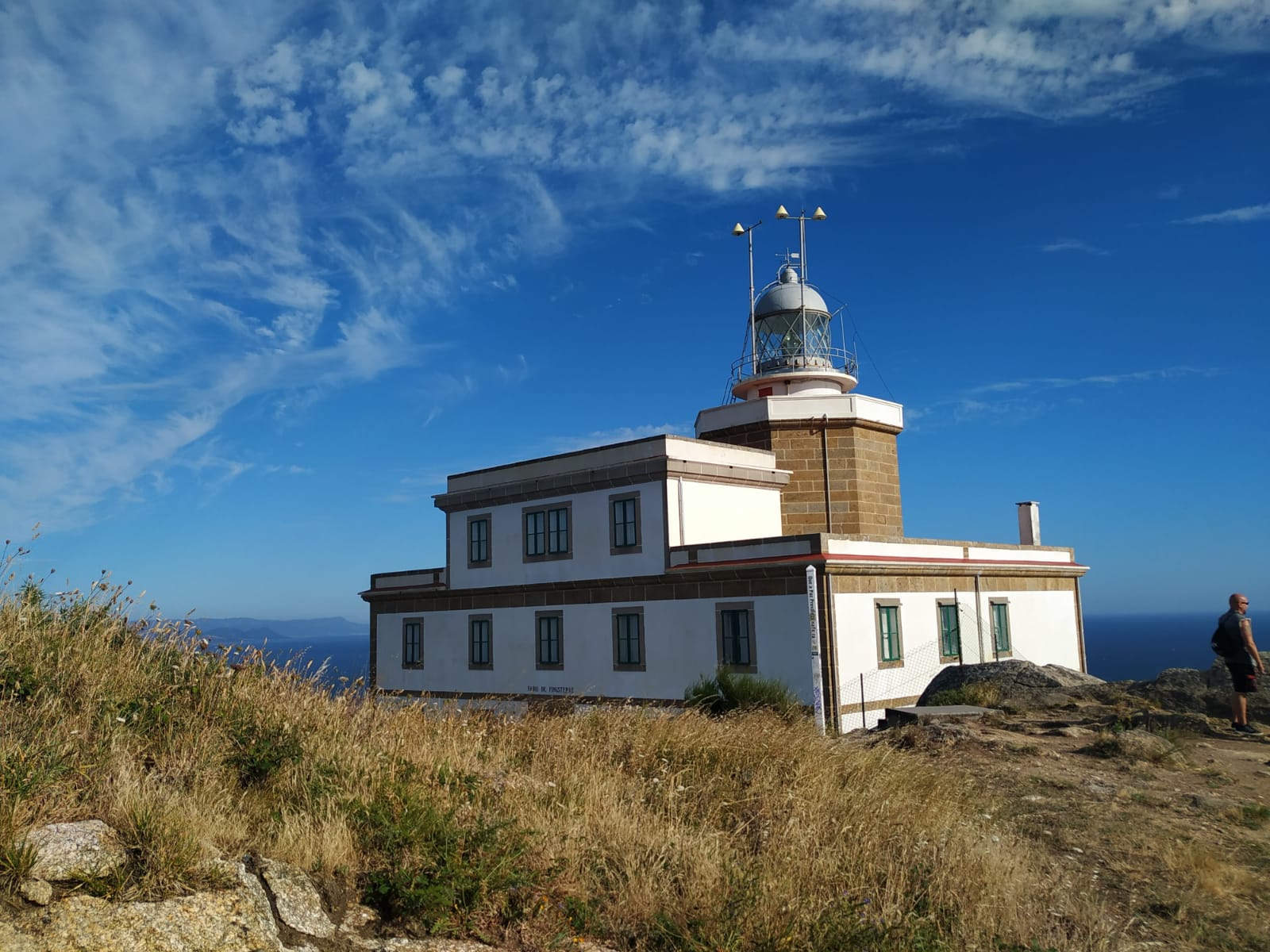
We continue on towards the Cape of Finisterre and head behind the lighthouse to visit the spot in which pilgrims traditionally burned their old clothes as part of a purification ritual. At the cape, we can see a number of monuments, as well as the edge of the cliffs and the pilgrim kilometer zero. This place is extremely symbolic for the many pilgrims who choose to end their journey here. And even in the modern era, we can see ancient rites of renewal, symbolizing a new beginning. In the same way that the sun sets in order to rise once again, so the Camino de Santiago ends in order to give us a new beginning in our lives.
We have lunch down in the village of Finisterre (Fisterra in Galician). O’Centolo is the best restaurant in town, offering unbeatable views over the port and a menu based on the freshest seafood that the Galician sea can provide.
After lunch, and before heading back to Santiago, we have one more visit: Muxía. This coastal town is the other major endpoint of the Camino de Santiago. In the movie The Way, Muxía is where Martin Sheen and his fellow pilgrims finish their adventures.
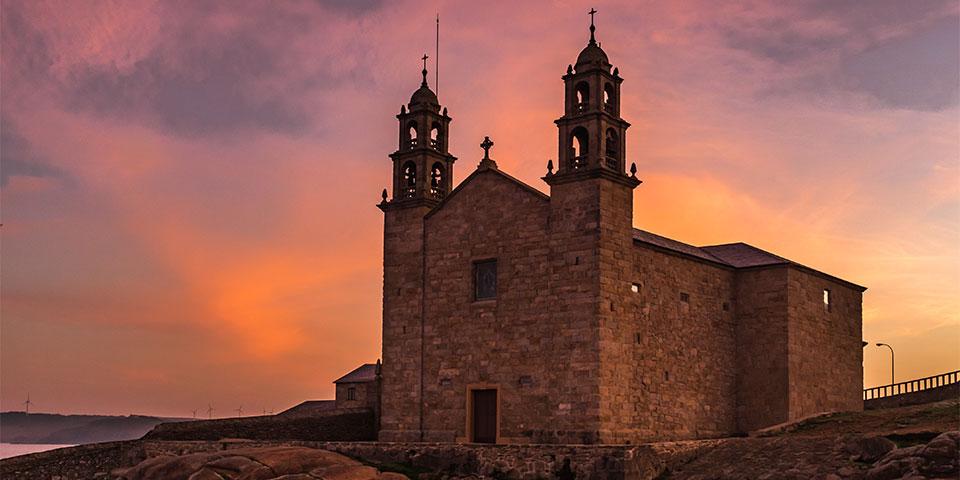
The Sanctuary of Nuestra Señora de la Barca (Our Lady of the Boat) is battered by waves every time there is a big storm. The church is situated right at the entrance of the Camariñas estuary, and it boasts fabulous views of the rugged coastline – whose granite rocks (pedra dos cadrís) provide healing and good luck, according to Marian tradition – and an amazing view of the cliffs of Finisterre.
